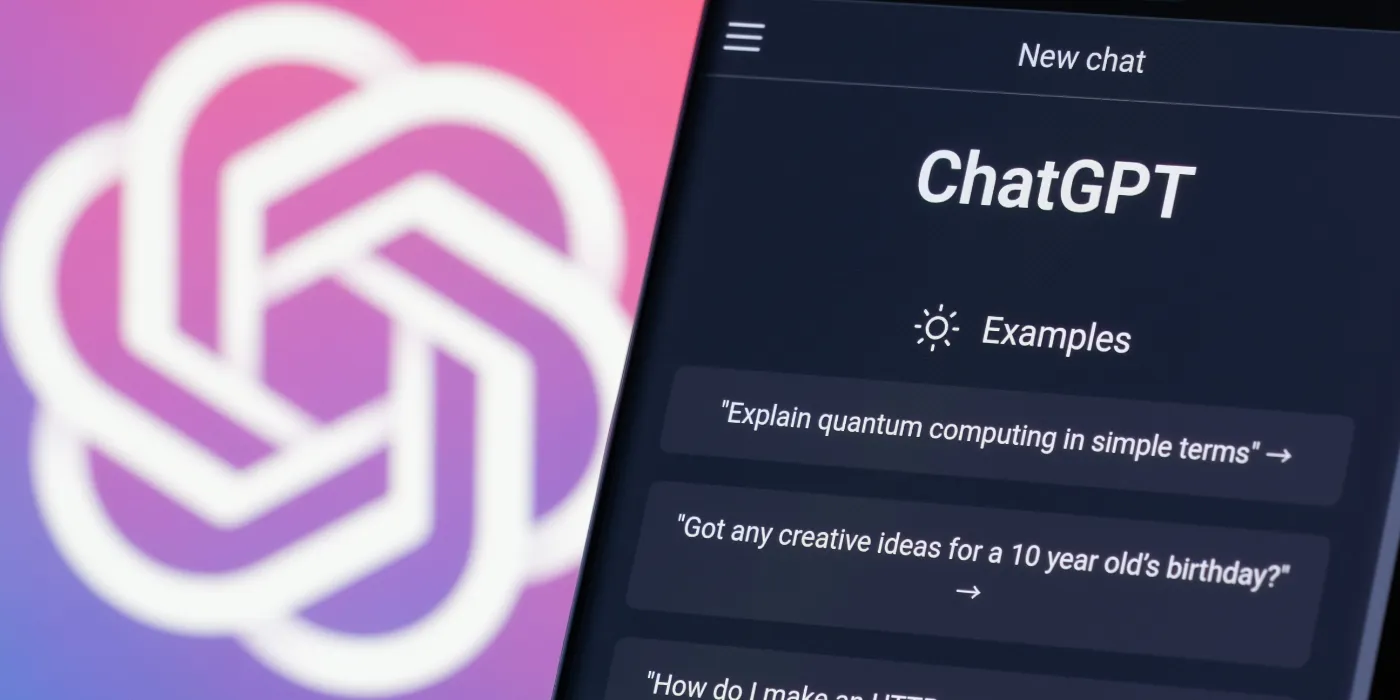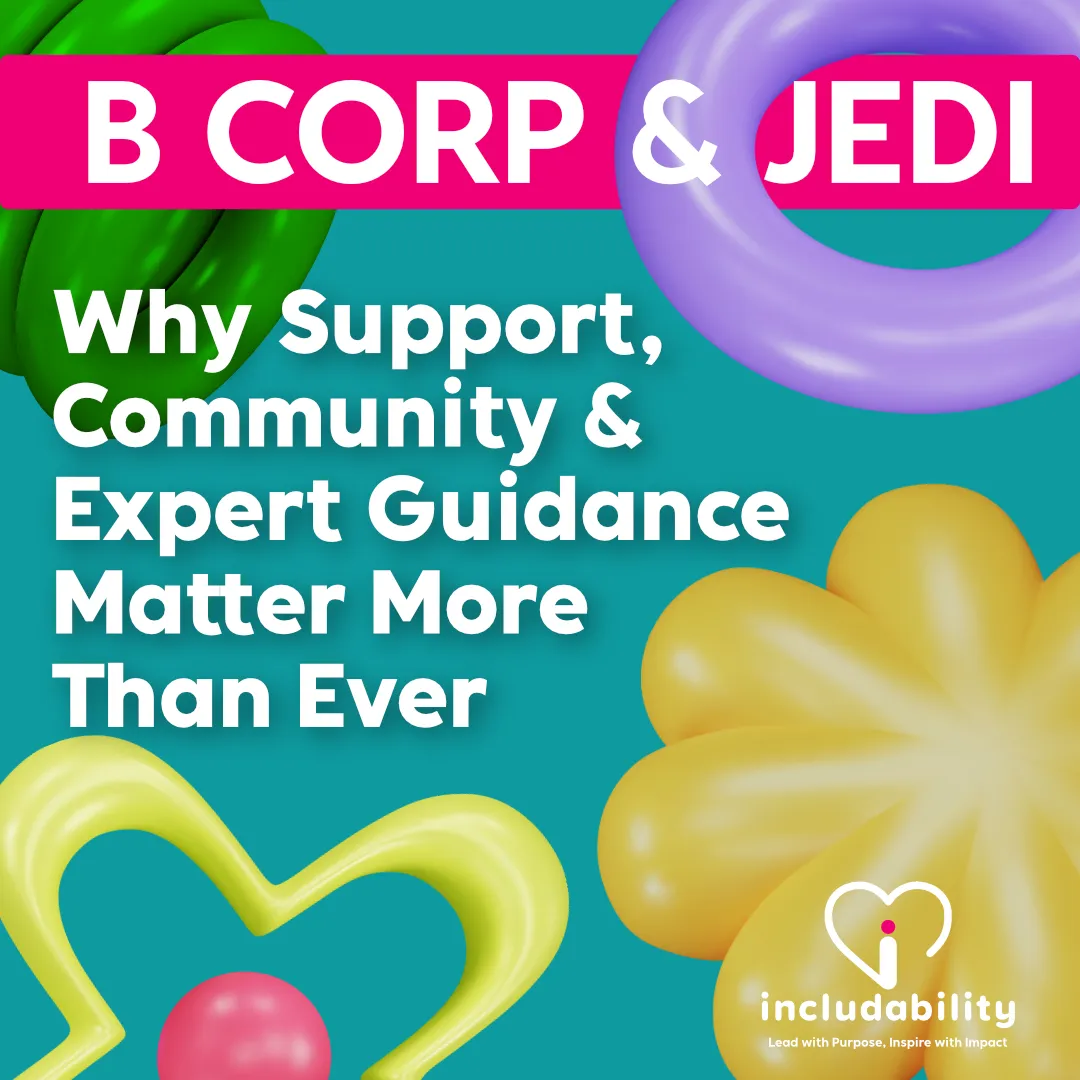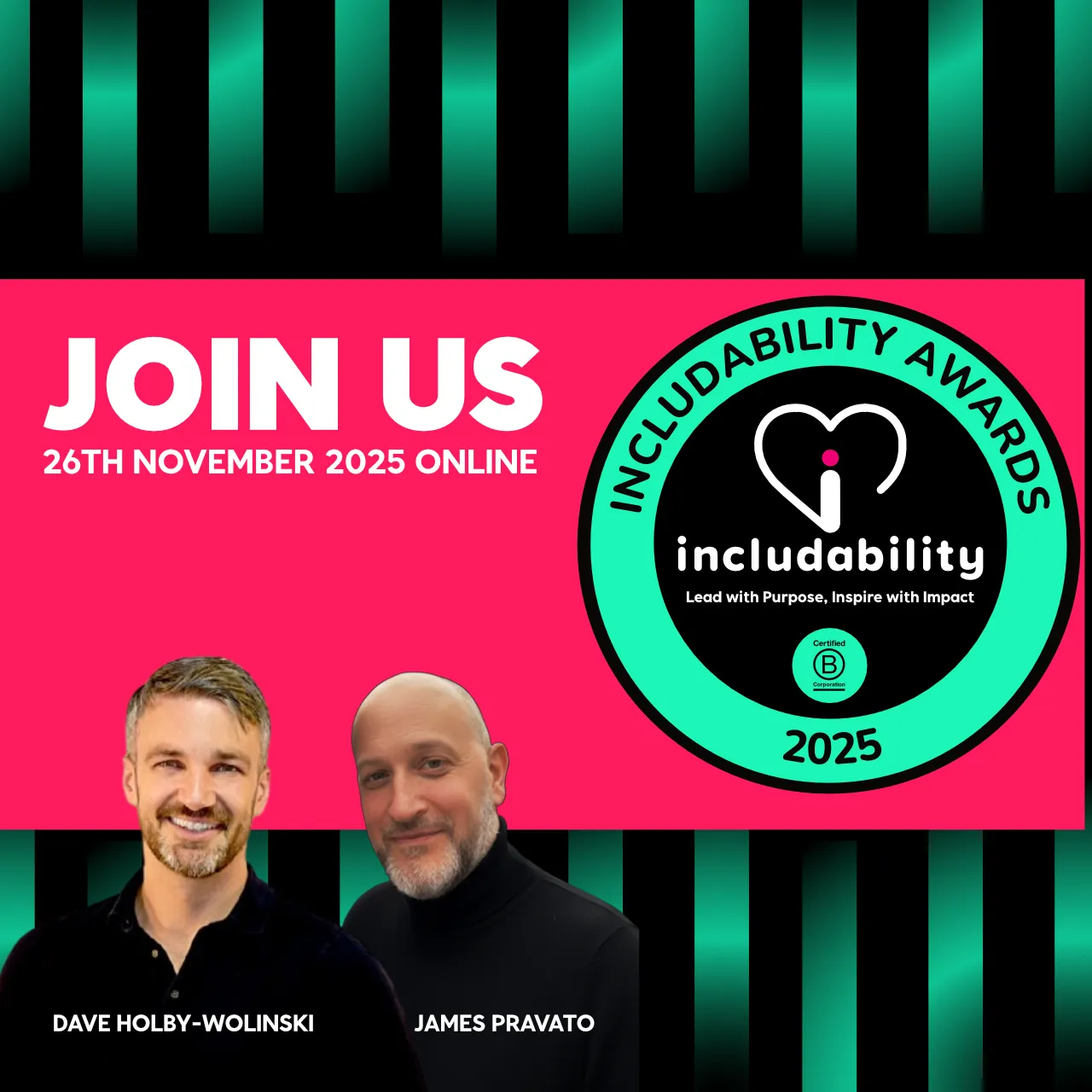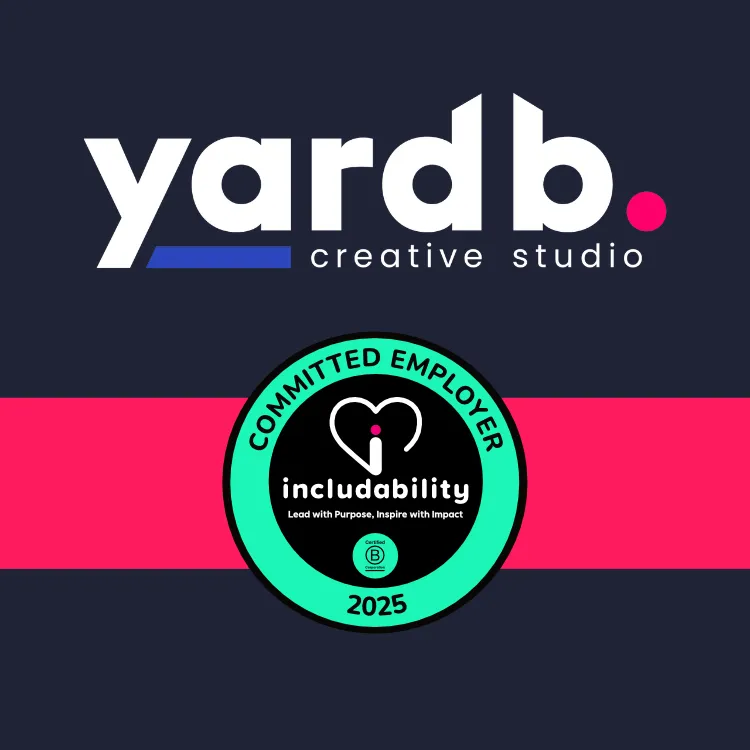"Are You OK?” – ChatGPT’s Mental Health Features: A Step Forward or Just Another Tick-Box?
As ChatGPT surges past 700 million weekly users, it’s now adding mental health tools to the platform.

This week, OpenAI revealed something a little unexpected.

This week, OpenAI revealed something a little unexpected. As ChatGPT surges past 700 million weekly users, it’s now adding mental health tools to the platform. These include prompts to take breaks, better detection of emotional distress, and a shift away from giving direct answers on sensitive issues like mental health or relationships.
Sounds positive, right?
But it also raises a few questions.
Is this a genuine effort to support users? Or is it a move to avoid headlines about AI pushing people into dark places?
Is it about creating safer spaces online? Or just better optics for a company under pressure?
The truth probably sits somewhere in the middle.
So, what’s changing?
- You’ll now get gentle reminders to take a break during long sessions.
- ChatGPT is being trained to recognise signs of emotional distress in users.
- The system will begin to guide people through reflective thinking, rather than offering straight-up life advice.
This comes after concerns that AI, when too agreeable, might reinforce unhealthy thoughts or behaviours. OpenAI has publicly acknowledged the issue and is making tweaks to address it.
And while the move might feel like a PR clean-up, it also shows something important: a willingness to listen and adapt.
What does it mean for workplaces?
At Includability, we’re all about helping people create environments that are mentally healthy, inclusive and sustainable. So seeing a major tech player build in guardrails for wellbeing is... interesting.
It’s easy to get caught up in the innovation hype. But now might be the time to pause and ask:
🧠 If your tech platform can remind you to take a break, can your workplace do the same?
💬 If a chatbot is being redesigned to reduce emotional harm, shouldn’t our HR systems and leadership styles follow suit?
⚖️ If we’re serious about inclusion, shouldn’t digital wellbeing sit alongside our EDI strategies?
This isn’t just about a few pop-up reminders. It’s about how we use technology — and how technology uses us.
5 questions every organisation should be asking:
- Do we design systems that support people — or just extract performance?
- Are we creating opportunities for reflection, or just filling time?
- Is our approach to wellbeing proactive or reactive?
- How are we supporting people through the mental load of constant digital engagement?
- Are we willing to admit that some of our tools might be part of the problem?
🔗 Want to be part of the conversation?
Join the Includability Community and access practical support, resources, and a network of people working to build more inclusive, sustainable and mentally healthy workplaces.
👉 weareincludability.co.uk/community
Related resources & events
Sign up for our newsletters
We have an employer and Job seeker newsletter giving you all the latest information in one easy and digestible email. Sign up today for news and job advice straight to your inbox.









